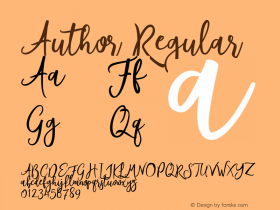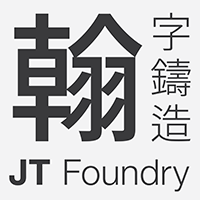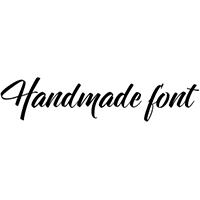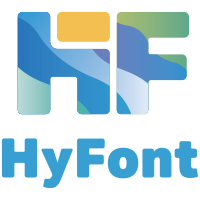Microsoft focuses on multimedia design
At its ExpressionSession07 event on Thursday, Microsoft drove home the point that multimedia technologies are critical to applications and that it is ready to be a major player in this space.
Capabilities for 3D visuals, animation, and video clips were highlighted with this functionality being extended to both Windows and Web applications.
While the company's Expression design tool line was the star of the show, Microsoft officials also hailed graphical improvements featured in Windows Vista and the 2007 Office suite. Microsoft Windows Presentation Foundation (WPF) and AJAX (Asynchronous JavaScript and XML) technologies were detailed as well.
"First, our overall theme today is going to be design because that's what these tools are really about," Eric Zocher, general manager of the Microsoft Expression product line, said.
"It's starting to become accepted wisdom that the experience is the product. The product is the experience, and software is really no different," Zocher said. "It needs every aspect of design. It needs to be designed in form and function and also have flair," he said.
Zocher did acknowledge Microsoft's technologies have some overlap with offerings from rival Adobe Systems. "It's the Web part of Macromedia's line [that was merged with Adobe] that we overlap with," he said.
Microsoft's Expression line features Expression Web for Web design. It is the only one of the Expression tools already shipping with a Microsoft nameplate.
"What [Expression] Web is about is it's a new designer tool for the current era of standards," leveraging technologies such as Cascading CSS and XSL, Zocher said. XAML (Extensible Application Markup Language) will be added in the future.
Expression Web can place controls from Microsoft's ASP.Net AJAX technology into Web pages for capabilities such as in-place refresh. ASP.Net AJAX is to be generally available in about two weeks; it has been offered in a prerelease form at this stage.
Expression Blend for Windows applications features an XAML-based graphics, animation, and interactivity editor for designers, and Expression Design is for building graphics for user experiences; it too leverages XAML. Expression Media, meanwhile, is a media cataloging application for managing media and graphics.
All of the products will be available together as part of the Expression Studio bundle in the second quarter of 2007 for $599. Expression Blend and Design are being offered in prerelease forms, while Expression Media technology is available now under the iView MediaPro name. Microsoft has acquired the iView technology.
Design firm frog design codeveloped the Yahoo Messenger instant messaging application using Expression Blend.
"The benefit is definitely that the assets that the designers are creating can actually be used in the real application," said Lee Brimelow, senior design technologist at frog design. "In the old days, developers would have to re-create what the designers did from their mockups."
While the workflow between the designer and developer roles is not perfect, it still is superior to what has been possible previously, according to Brimelow.
Microsoft's visual bent extends beyond Expression. Windows Vista OS preparations, for example, featured a large design team that included graphic designers and consulted with cognitive psychologists.
Vista takes advantage of graphics hardware acceleration and leverages application switching. Three-dimensional capabilities from WPF, for building rich client interfaces, are leveraged on the desktop.
An offshoot, Windows Presentation Foundation Everywhere, was presented as a technology to extend the browser to run WPF. It is now in a technology preview stage.
Zocher showed a WPF application for Vista, the New York Times Reader, which also runs under .Net Framework 3.0 and Windows XP. It provides a newspaper-reading experience featuring dynamic new layout technology and advanced typography. Windows can be resized to dynamically lay out the whole page; ad placement also can be dynamic.
New York Times Reader presents a great example of a smart client application, Zocher said. The application also can cache stories it finds on the Internet for viewing in a disconnected manner.
Users get a very newspaper-like experience. "It's something no one needs to learn because they know how to use a newspaper already," said Zocher.
Zocher also highlighted some capabilities of the Microsoft 2007 Office system, including its ribbon-based toolbar.
With previous versions of Office, users have had to interrupt tasks to find the command they were looking for, Zocher said. "To counter that, the ribbon is totally reorganized," with the first tab of the ribbon including the most common functionality, he said.
The ribbon in Office 2007 also features a two-dimensional layout, and contextual tabs also are highlighted.
"These change as you select various things," such as choosing a bar graph or table. Commands are presented that apply to that particular object, Zocher said.
Microsoft's Wayne Smith, senior product manager for Expression Web, acknowledged that the company had retired its FrontPage Web authoring extensions. "Most of the FrontPage server extension [technology] was good for its time," Smith said. But most of the ground covered by FrontPage is now offered in ASP.Net, he said.
Similar ExpressionSession07 events are planned for upcoming weeks in Chicago, New York, and London.


































 闽公网安备35010202000240号
闽公网安备35010202000240号